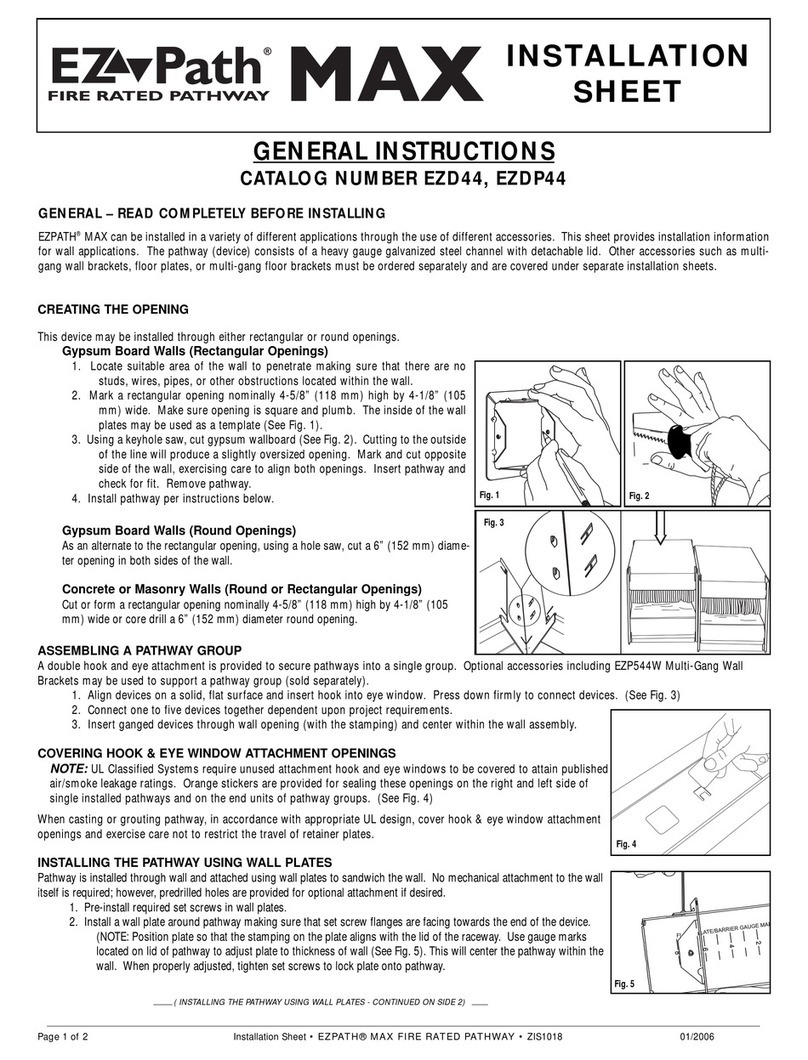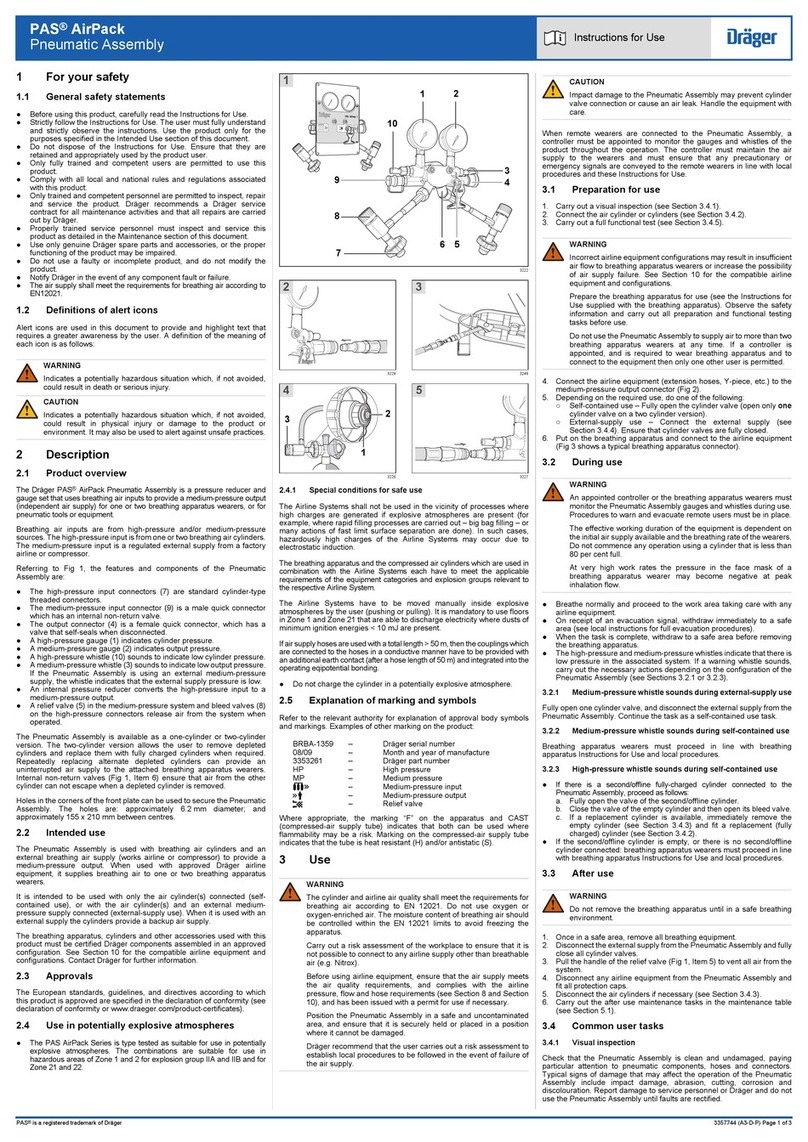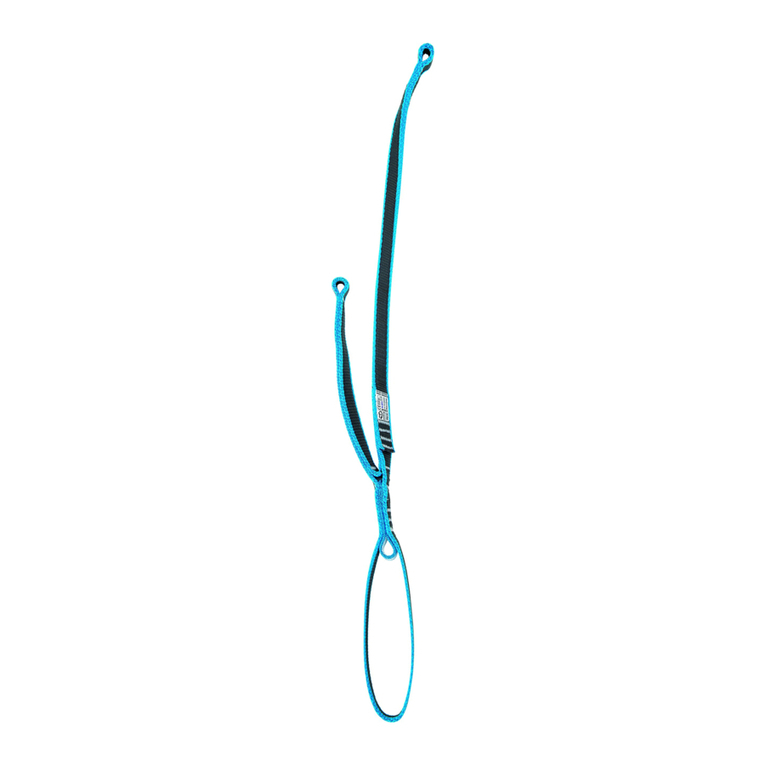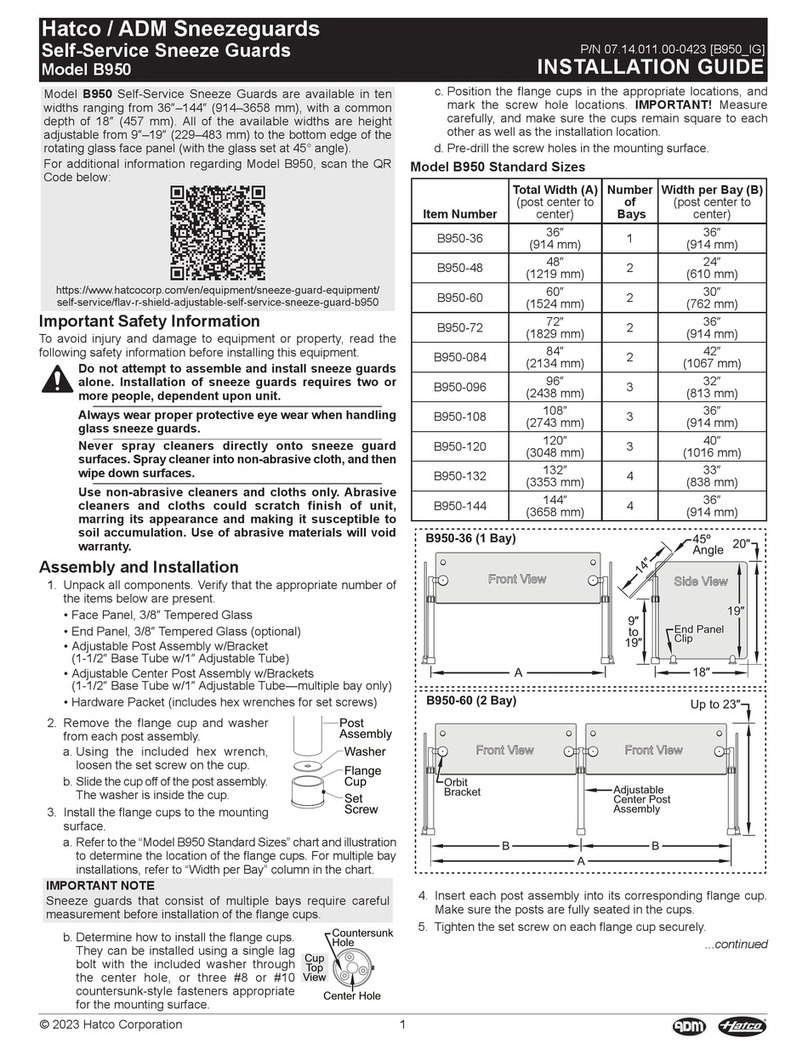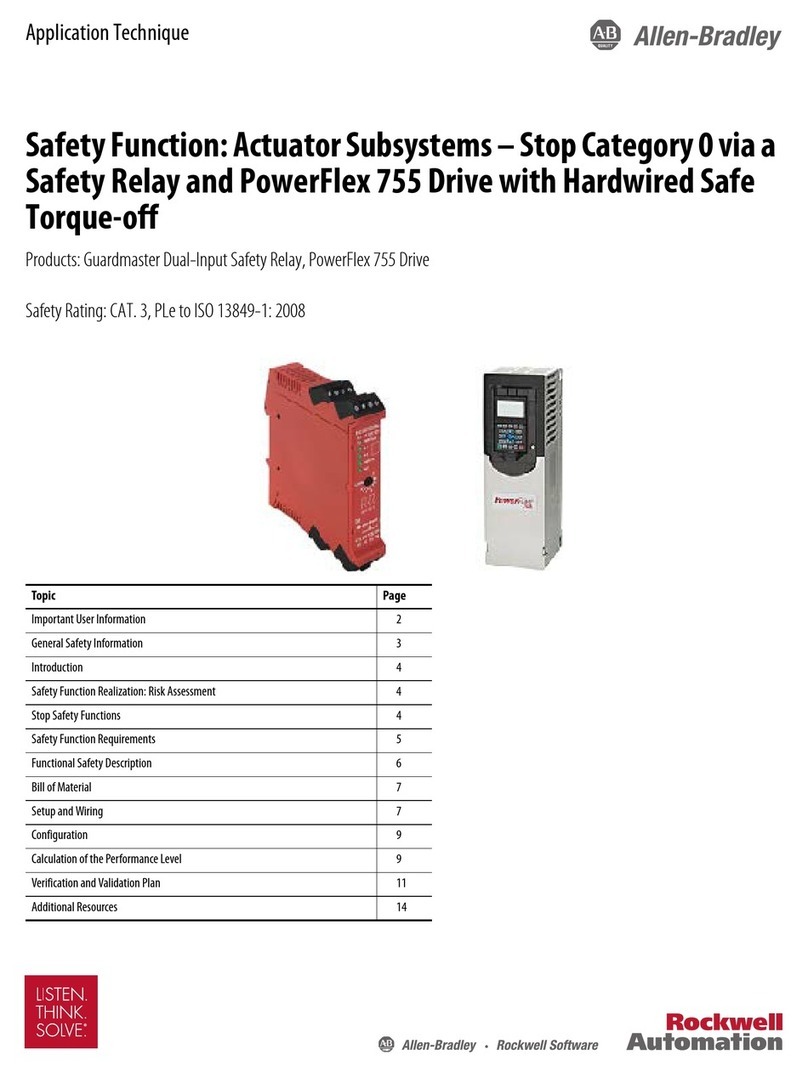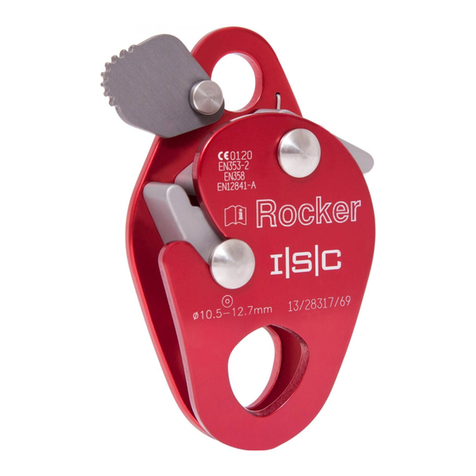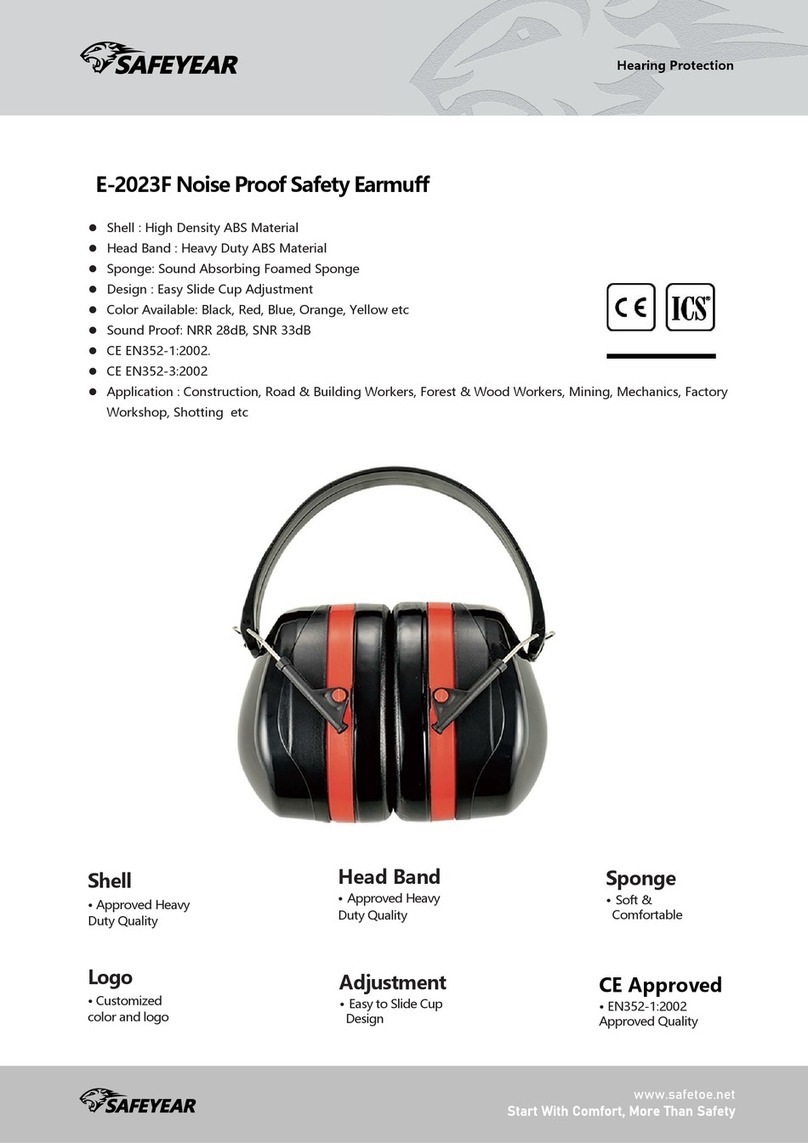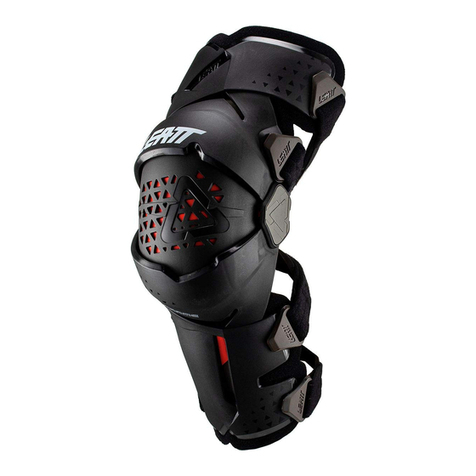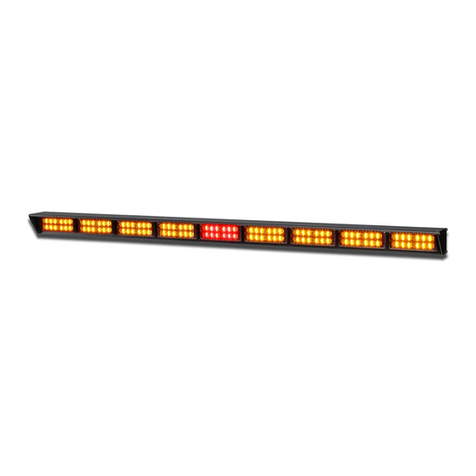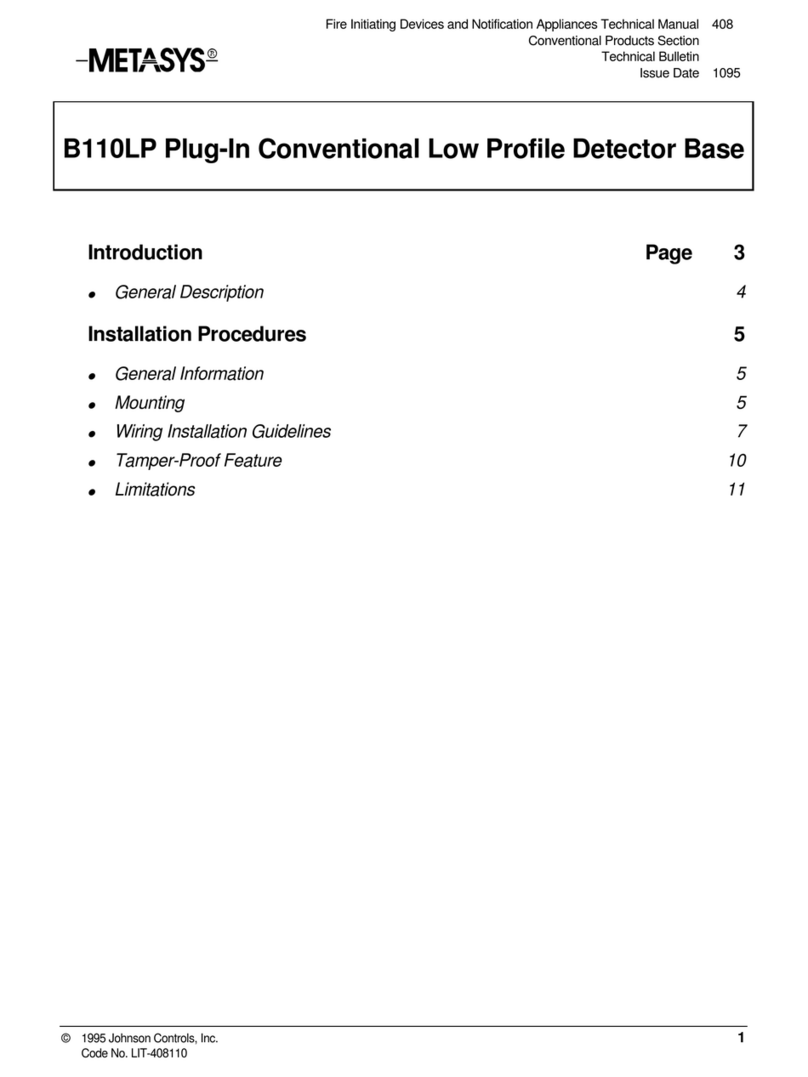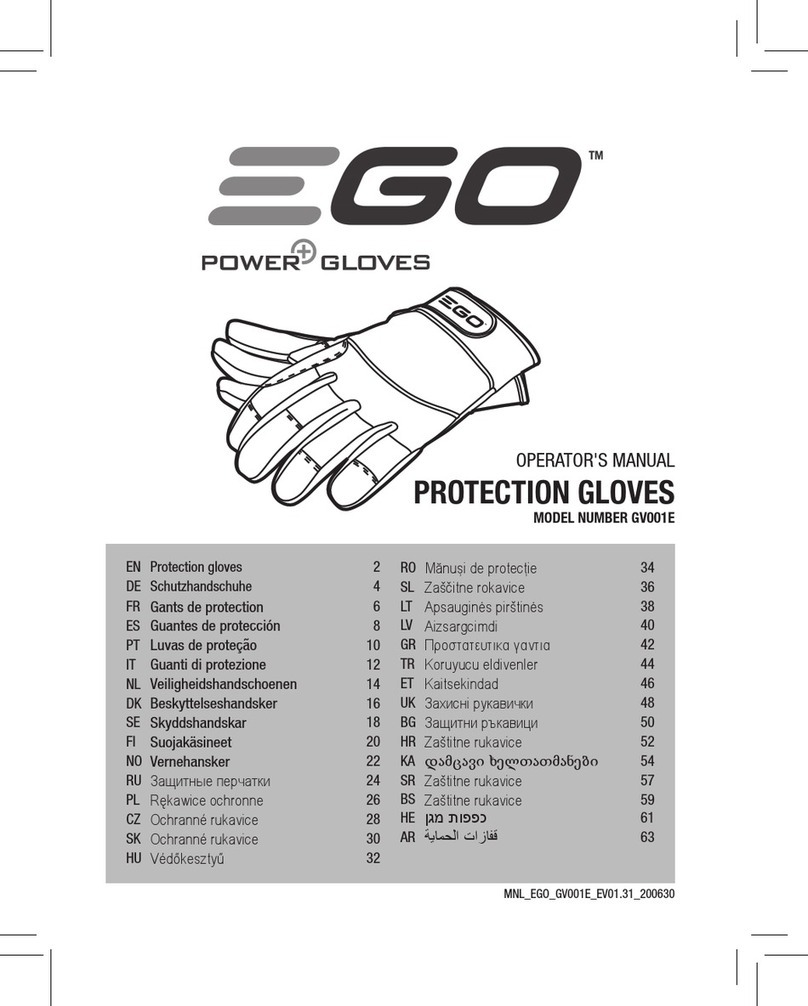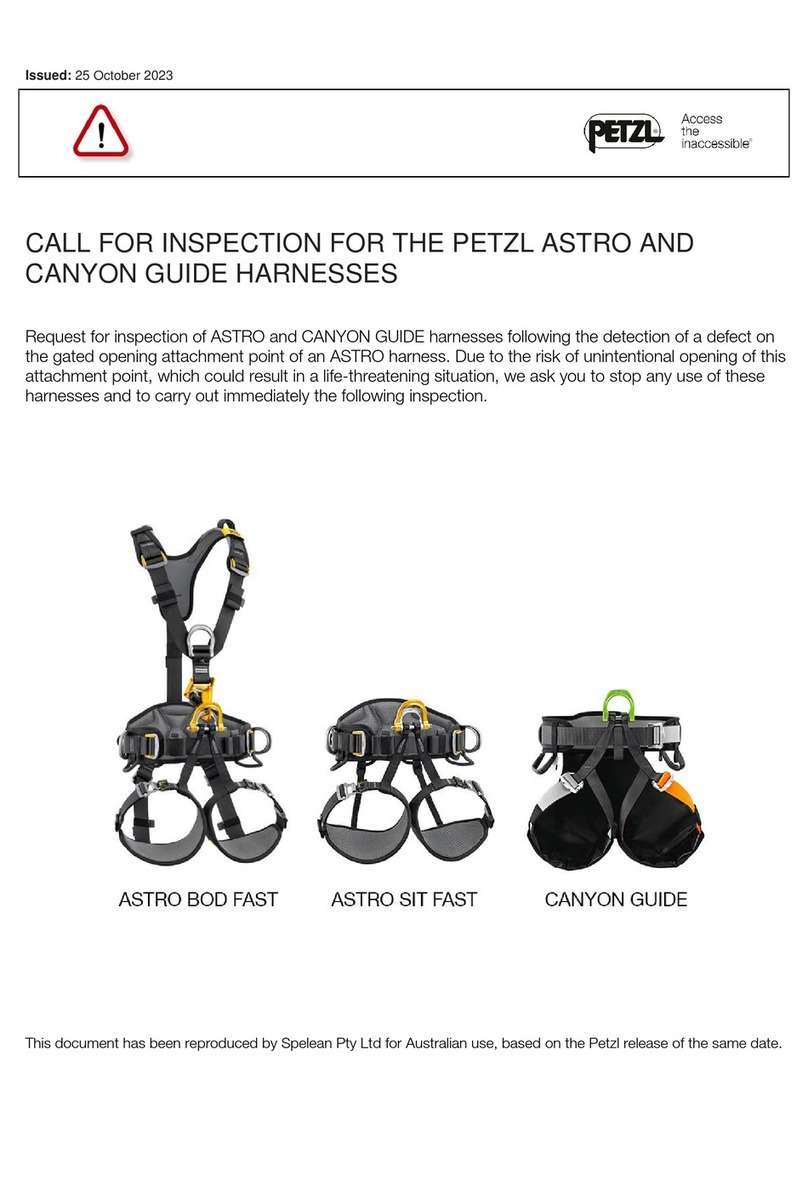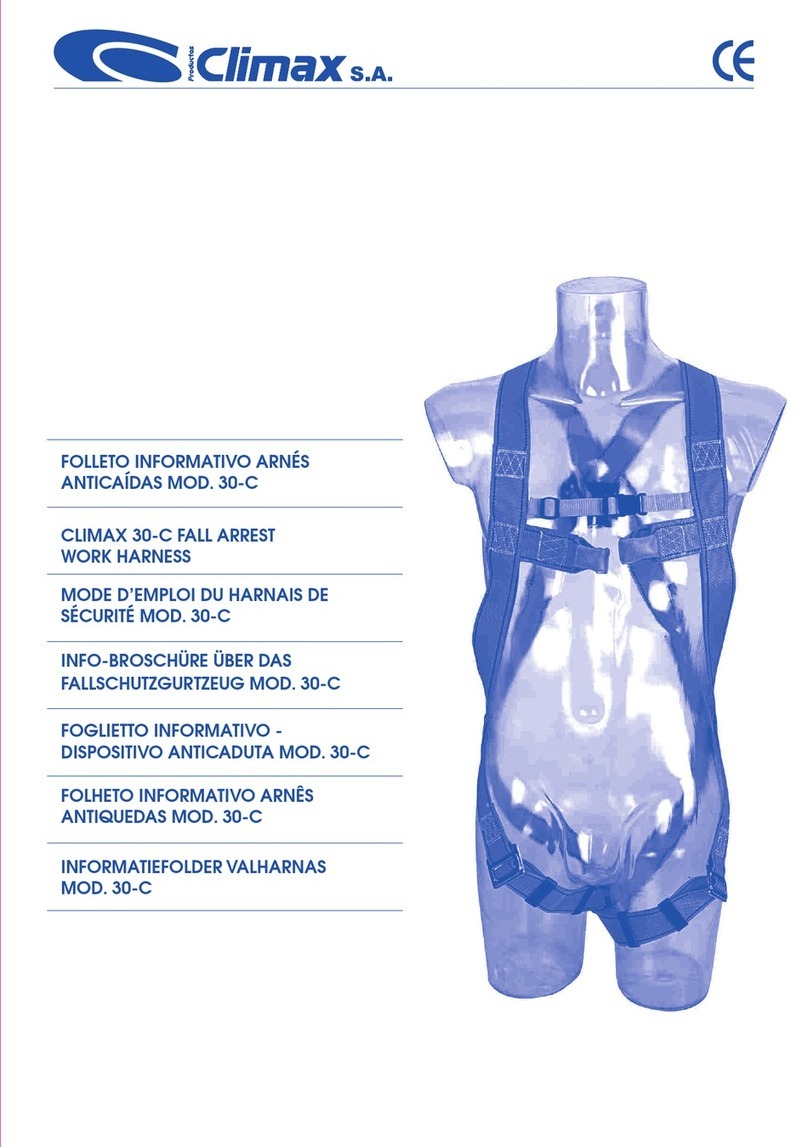
4 Notification Appliances—CH Series Chimes and Strobe Chimes
All models are UL Listed for indoor use with a temperature range of
32 to 120°F (0 to 49°C) with a maximum relative humidity of 85%.
The chimes and strobe chimes are designed for use with either filtered (regulated) or
unfiltered (unregulated) Full-Wave Rectified (FWR) input voltage. Performance ratings
are based on nominal input voltages
12 VDC (10 to 15.6 VDC) or 24 VDC (20 to 31 VDC).
All strobe models are designed to flash as specified with continuous nominal applied
voltage. The flash rate for the strobe is approximately one flash per second at nominal
voltage. Strobes are not designed to be used on coded systems in which the applied
voltage is cycled on and off.
All candela (cd) ratings represent effective intensity based on UL 1971.
This equipment has been tested and complies with the limits for a Class B digital device,
pursuant to Part 15 of the FCC rules. These limits are designed to provide reasonable
protection against harmful interference in installations. This equipment generates, uses,
and radiates radio frequency energy. If not installed and used in accordance with the
instructions, this equipment may cause harmful interference to radio communications.
However, there is no guarantee that interference will not occur in a particular installation.
If this equipment does cause harmful interference to radio or television reception, which
can be determined by turning the strobe and/or audible equipment off and on, the user is
encouraged to try to correct the interference by one or more of the following measures:
1. Reorient or relocate the receiving antenna.
2. Increase the separation between the equipment and receiver.
3. Consult the dealer or an experienced radio/TV technician for help.
!
CAUTION: Equipment damage hazard. Although UL testing has
verified these products function at 80% of their minimum
rating and 110% of their maximum rating, Johnson Controls
recommends that the voltage applied to these products be
within their rated input voltage range. The application of
improper voltage may result in degraded operation or damage
to these products.
To verify that the signaling device is operating at rated voltages, determine the voltage
drop caused by the resistance of the Notification Appliance Circuit (NAC) wiring. Then,
subtract this voltage from both the maximum and minimum power supply and battery
voltages.
Table 1: CH Series Chimes and Strobe Chimes Specifications
Rated Input Strobe dBA at 10 Feet Rated Average
Model
Number Voltage
(VDC) Candela
(cd) Peak
Anechoic Per UL 464
Reverberant Current for Chime
(amperes) Mounting
Options**
Min Nom Max Nom Min Max Nom Max
CH-BF2-R 10 12 15.6 –– 80 52 58 0.020 0.22 D
CH-CF2-W 10 12 15.6 –– 80 52 58 0.020 0.22 B
CH-DF2-R 10 12 15.6 –– 80 52 58 0.020 0.22 A, C
CH-BF1-R 18 24 31 –– 83 52 58 0.020 0.22 D
CH-CF1-W 18 24 31 –– 83 52 58 0.020 0.22 B
CH-DF1-R 18 24 31 –– 83 52 58 0.020 0.22 A, C
CH-CF1-LS-24-CFW 20 24 31 15 83 52 58 0.20 0.22 B
CH-CF1-MS-24-CFW 20 24 31 30 83 52 58 0.20 0.22 B
CH-CF1-IS-24-CFW 20 24 31 75 83 52 58 0.020 0.22 B
CH-DF1-LS-24-VFR 20 24 31 15 83 52 58 0.020 0.22 A, C




















